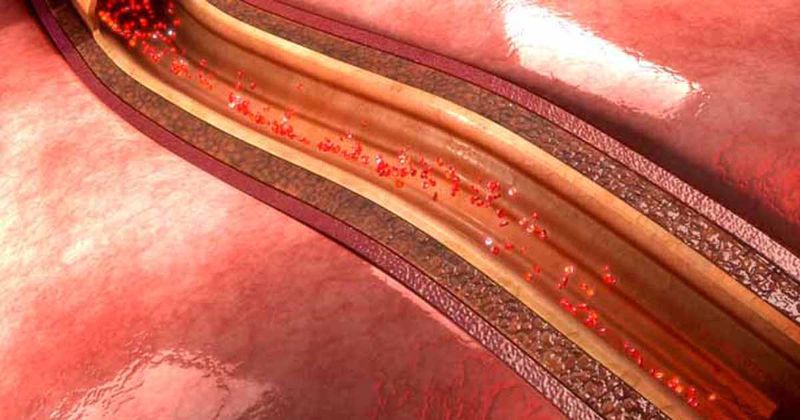Left main coronary artery plaque burden, even if nonobstructive, linked to mortality
Increasing left main coronary artery plaque burden was associated with long-term all-cause and cardiac mortality in patients who did not have revascularization, even if the lumen area was preserved, researchers reported.
The researchers analyzed 3,239 patients (mean age, 66 years; 65% men) who had IVUS imaging of the left main coronary artery (LMCA) without revascularization from 2005 to 2013.

“The relationship between the presence of subclinical LMCA disease with preserved lumen dimensions on long-term mortality is unknown,” Masahiko Noguchi, MD, PhD, chief physician in interventional cardiology and structural heart disease interventions at Tokyo Medical Center and a former research fellow at Columbia University Irving Medical Center and the Cardiovascular Research Foundation, and colleagues wrote. “Therefore, the aim of the present study was to evaluate the association between IVUS-detected subclinical LMCA disease and long-term (> 5 years) mortality.”
The mean LMCA minimum lumen area on IVUS was 13.1 mm2 and the mean LMCA plaque burden was 41.7%. Median follow-up was 8.2 years.
The Kaplan-Meier estimate of the 12-year all-cause mortality rate was 37.5%, whereas the Kaplan-Meier estimate of the 12-year cardiac mortality rate was 17%, Noguchi and colleagues wrote.
In unadjusted analyses, greater plaque burden (HR per 10% = 1.17; 95% CI, 1.12-1.22; P < .0001) and smaller minimum lumen area on IVUS (HR per 1 mm2 = 0.98; 95% CI, 0.96-0.99; P = .0008) were associated with all-cause mortality, according to the researchers.
After adjustment for clinical, angiographic and IVUS factors, greater plaque burden remained associated with all-cause death (adjusted HR per 10% = 1.12; 95% CI, 1.04-1.21; P = .003), but smaller minimum lumen area on IVUS was not (aHR per 1 mm2 = 1.02; 95% CI, 0.99-1.04; P = .18), Noguchi and colleagues found.
The results were similar for long-term cardiac death, according to the researchers.
“The presence of nonobstructive LMCA plaque was associated with all-cause mortality after adjusting for clinical parameters and the number of disease vessels,” Noguchi and colleagues wrote.
In a related editorial, Sorin Brener, MD, director of the cardiac catheterization laboratory at NewYork-Presbyterian Brooklyn Methodist Hospital, wrote that: “Noguchi et al make it clear that this is not an invitation to stent subclinical atherosclerosis in the LMCA, but one wishes we could understand at least why this relationship seems so solid and unaffected by other comorbidities or demographics.
“Regardless of whether we do or do not have clear evidence of how and why nonobstructive LMCA atherosclerosis is linked to increased all-cause and cardiac mortality, its presence appears to be a reliable and measurable biological intermediary that can be assessed in studies designed to reduce burden of atherosclerosis,” Brener wrote. “Maybe seeing it more often can ultimately prevent it from harming us.”
